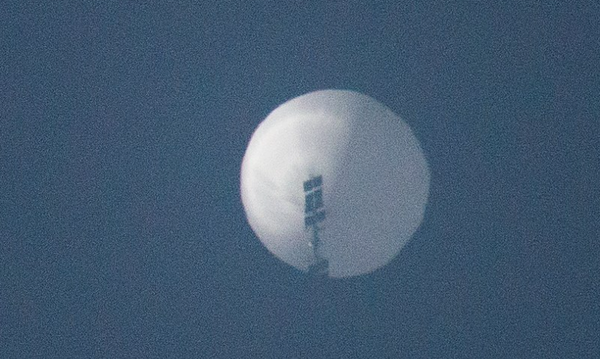On May 28, 1987, the German-born pilot Mathias Rust finished refueling at Helsinki-Malmi Airport. He had informed air-traffic controllers that he was headed toward Stockholm, but shortly after he took off, he veered in the opposite direction, toward his real destination: Soviet Russia. Authorities on the ground tried to contact Rust, but he had shut down all his communication equipment. The Finns thought he had gotten into some kind of accident and launched a search effort, but the truth would turn out to be quite a bit stranger.
Rust quickly appeared on Soviet air defense radars, and as he failed to identify himself, he was presumed hostile. Ground-based missile batteries acquired a solid target lock but never got the requested permission to shoot him down. Interceptors scrambled to investigate what he was up to; they quickly identified Rust as flying a small civilian sport plane but were also denied permission to target him.
Rust’s plane disappeared from radar, but he would appear and reappear several times during the afternoon. This all caused massive confusion inside the Soviet command structure. Overlapping administrative boundaries, the inability of some Soviet pilots to use the correct identification settings, and ongoing air exercises and aerial rescue efforts conspired to hide Rust’s flight path in plain sight. Eventually, the fact that he was an intruder into Soviet airspace was apparently forgotten, and his vessel was reclassified as a domestic training plane in violation of regulations.
As such, Rust managed to do what he shouldn’t have been able to do: land his plane in the middle of Moscow, on the Bolshoy Moskvoretsky Bridge. This stunt caused a huge sense of bewilderment both inside the Soviet Union and outside of it; clearly, something had gone wrong if Rust could simply breeze through the Iron Curtain without being shot down or forced down. The failure to prevent Rust from reaching Moscow gave Mikhail Gorbachev a solid pretext for purging disloyal figures from the military apparatus, which helped him push forward his broader reforms. A few years later, the Soviet Union itself ceased to exist.
